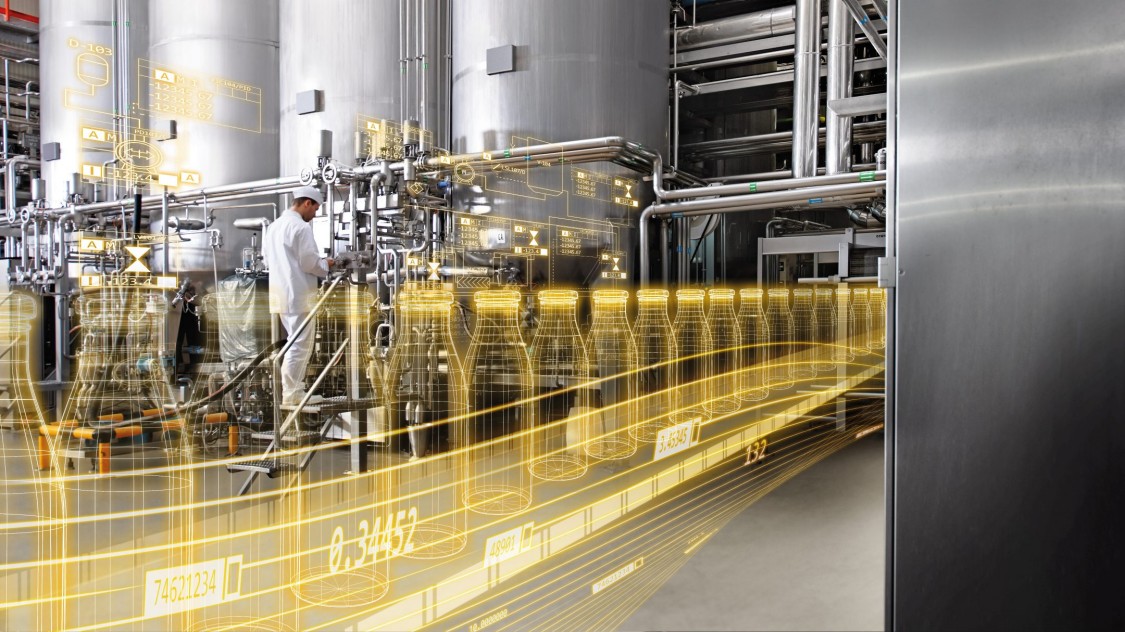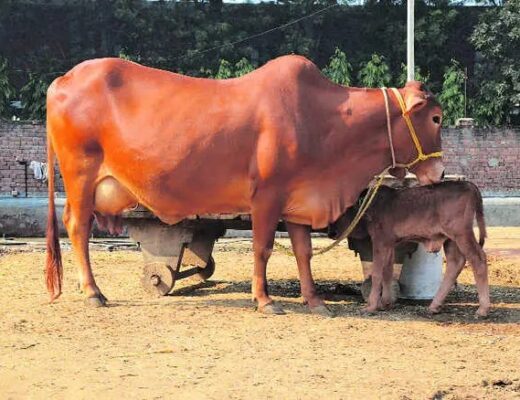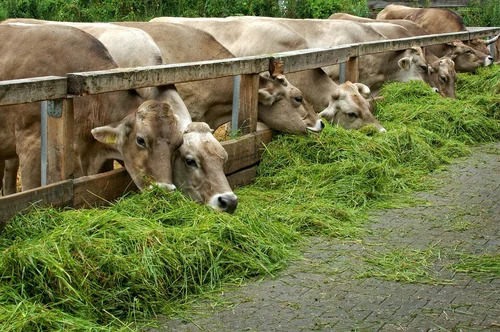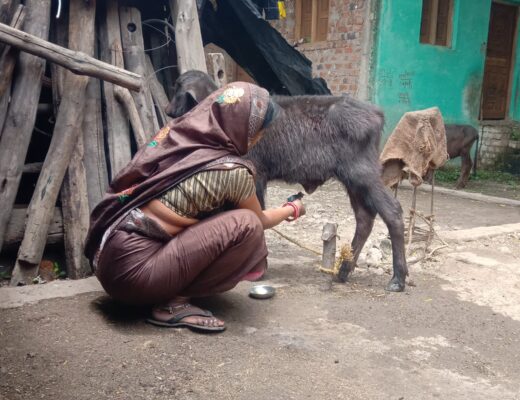India’s dairy industry is one of the largest in the world with a total milk production of approximately 221.06 million metric tons in 2021-22. The industry is primarily based on the production of cow and buffalo milk, with cow milk accounting for 51% and buffalo milk accounting for 45% of total milk production. While the industry is highly fragmented, with 80% of milk production coming from small and marginal farmers, organized dairy sectors such as cooperatives, private dairies, and milk processing companies contribute to the remaining 20%.
The Indian dairy industry, faces numerous challenges, with inadequate infrastructure and inefficient supply chain management being significant obstacles. According to a report by the National Dairy Development Board, around 68% of the milk produced in India is sold as raw milk, indicating the need for better processing and storage facilities. In addition, there are other areas of concerns as well
- Inefficient supply chain management
- Lack of proper breeding and genetic improvement programs
- Diseases and health issues among dairy animals
- Adulteration of milk
- Limited farmer training and education
- Insufficient financial and market linkages
Digitalisation can play a crucial role in the growth of the Indian economy by boosting the productivity and efficiency of the dairy sector. The use of digital tools can help to streamline supply chain management, improve milk quality and safety, increase the genetic quality of dairy animals, and promote sustainable and environmentally responsible farming practices. In addition, the adoption of digital technologies can create new opportunities for innovation and entrepreneurship, and help to build a more competitive and dynamic dairy industry that contributes to India’s economic growth and development.
Dairy Challenges Vs Digitalisation: The Perfect Launch Pad
| Challenges | Digitalisation | Outcome |
| Supply chain management | Real-time monitoring of milk quality and quantity can enable better planning and coordination | Use of IoT and block chain in supply chain management can increase transparency and reduce costs by up to 30% – Deloitte. |
| Breeding and genetic improvement programs | Genomic testing and data analytics can improve breeding strategies and genetic quality | A pilot study by the National Dairy Development Board found that the use of genomic testing increased the accuracy of breeding values by up to 30%. |
| Animal diseases | Telemedicine can provide remote veterinary care for faster diagnosis and treatment | Study by the International Livestock Research Institute found that telemedicine services can increase access to veterinary care by up to 70% in rural areas |
| Adulteration of milk | Near-infrared spectroscopy can detect adulteration and ensure milk meets quality standards | The use of near-infrared spectroscopy has been found to improve the accuracy of milk testing and reduce the incidence of adulteration by up to 90% |
| Farmer education & Awareness | Digital platforms provide access to online courses and knowledge-sharing resources | Digitalisation can improve farmers’ training and education by providing access to mobile agricultural information, digital knowledge-sharing platforms, and e-learning modules. Studies have shown that these tools can increase farmers’ knowledge by up to 33%, lead to a 28% increase in crop yields, and improve knowledge retention by 25%. |
| Financial and market linkages | Digital platforms can help farmers connect with buyers and get fair prices for their milk. | A study by the International Finance Corporation found that digital platforms can help farmers access credit and increase their income by up to 20%. |
| Animal nutrition and welfare | Precision feeding and remote monitoring systems can improve animal health and reduce environmental impact | Precision feeding, real-time monitoring, nutritional modelling, and environmental sustainability. Studies have shown that the use of electronic feeders can increase milk yield by up to 4.5%, while precision feeding software can reduce feed costs by 7% and greenhouse gas emissions by up to 14% (by University of Florida) |
In conclusion, digitalisation has the potential to transform the Indian dairy ecosystem by addressing key challenges. Leveraging digital tools and platforms, the dairy sector can increase productivity, reduce costs, and promote sustainable and environmentally responsible farming practices. Furthermore, the adoption of digital technologies can create new opportunities for innovation and entrepreneurship, leading to a more competitive and dynamic dairy industry that contributes to India’s economic growth and development.
CEDSI is continuously working in and around the digitalization of the fast-paced changing dairy industry & is looking forward to collaborating with like-minded stakeholders to further magnify the usage of digitalization in the dairy sector to improve the livelihoods of the rural youth.




